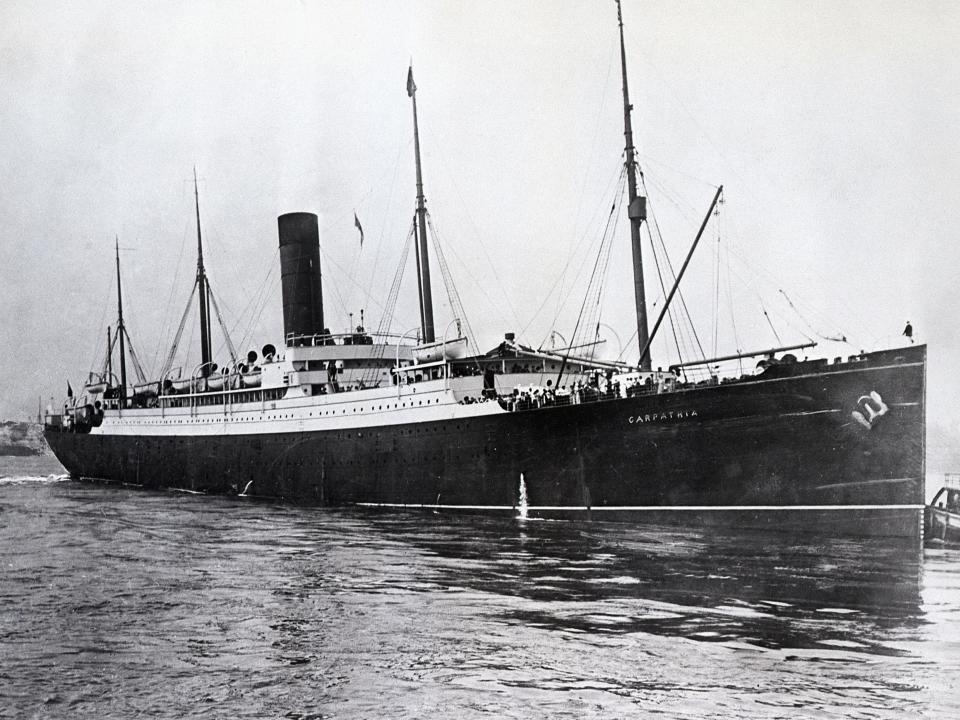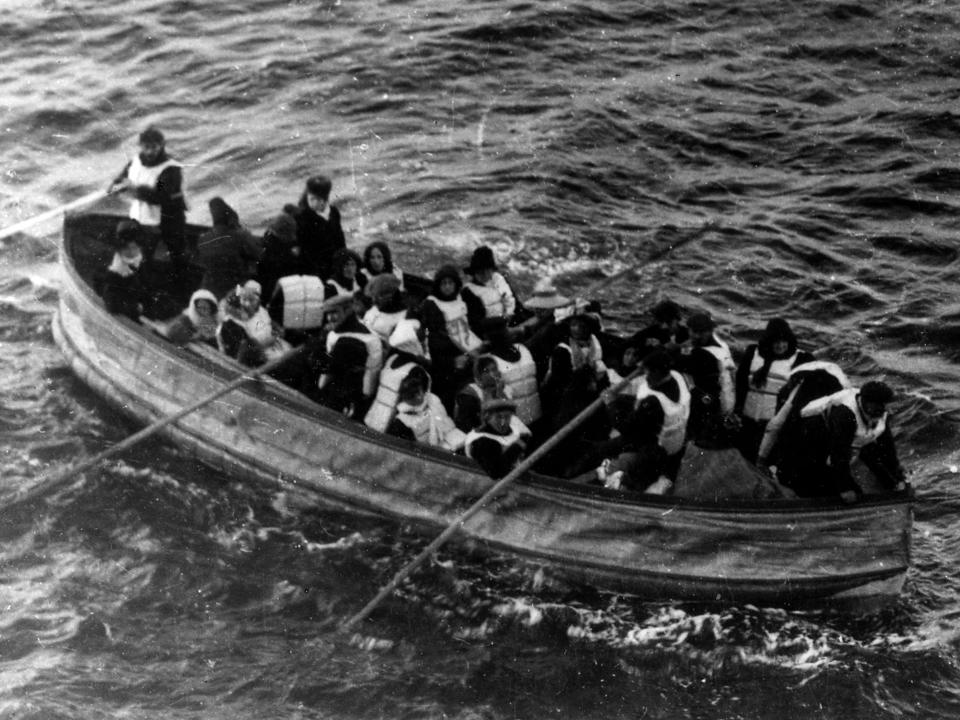The tragic tale of Masabumi Hosono, the Japanese Titanic survivor who was ostracized for not going down with the ship
- Oops!Something went wrong.Please try again later.
It's been more than 100 years, but accounts of Titanic's survivors still intrigue people today.
Japanese passenger Masabumi Hosono wasn't among those celebrated for surviving the disaster.
The 42-year-old bureaucrat was publicly shamed for not going down with the ocean liner.
To this day, the sinking of the Titanic remains the single most fascinating event in maritime-disaster history.
But what continues to intrigue people even more are the captivating stories of survivors, even ones as sad as that of Masabumi Hosono.
Before the Titanic set sail, Hosono, a Japanese bureaucrat, was working in Russia as vice councilor of the Railway Board for the Japanese Ministry of Transportation, the Japan Times reported.
Finally headed home, 42-year-old Hosono opted to board the Titanic in Southampton, England, rather than make the trek across Russia. A second-class passenger, he was believed to be the only Japanese traveler to board the ship, the Japan Times reported.
On the cold evening of April 14, 1912, the maiden voyage of the RMS Titanic took a deadly turn when the ship crashed into an iceberg.
Hosono was prepared to die when an officer said there was space on a lifeboat
According to his account of the disaster — which he wrote mostly on the rescue ship the RMS Carpathia in the days after the sinking, and which his family shared publicly in 1997 — he was woken by a knock on the door of his cabin. However, since Hosono was considered a foreigner, he was sent towards the lower decks, away from the lifeboats.
While preparing for his final moments, a chance appeared for him to survive when an officer loading a lifeboat said there were two available seats. One man jumped at the chance and stepped forward. Hosono initially hesitated.
"I myself was plunged into desolation at the thought of not being able to see my beloved wife and children again since there was no other solution for me than to share the same destiny as the Titanic," Hosono wrote in a letter to his wife in the days after the disaster. "But the example of the first man to jump pushed me to take this last chance."

So, he jumped, ensuring his survival. He became one of the Titanic's 700 survivors, while 1,500 perished.
For decades, Japan wouldn't forgive him for surviving
Unlike Violet Jessop, a stewardess who survived the sinking, or the "Unsinkable" Molly Brown, Hosono received a cold welcome from his home country.
He was met with harsh criticism from the Japanese press, which condemned men who lived as cowardly and praised the bravery of those who died. According to Metropolis Japan, he was shamed for not adhering to the "women and children first" principle and avoiding an honorable death. Thus, Hosono was subjected to what the Japanese refer to as "mura hachibu," or social ostracism.
He lost his job in 1914, the Associated Press reported. Despite being rehired part-time, the stigma followed him for the rest of his life. Hosono lived in quiet shame as a recluse until his death from natural causes in 1939. Even upon his passing, mention of the Titanic had been forbidden in his home.
According to The Brantford Expositor, the humiliation surrounding Hosono's survival persisted into the 1990s, ramped up by negative publicity from Japanese media in the wake of James Cameron's "Titanic."
In 1997, Hosono's descendants published his writings of the Titanic's last hours, restoring his honor
In 1997, the AP reported that his writings contradicted other accounts at the time which mistook him for another Asian man on a different lifeboat, who was accused of acting "ignobly." Instead, the writings suggested, Hosono actually helped row the lifeboat away from the sinking ship, saving fellow passengers.

The discovery effectively "restores his honor and credibility," Matt Taylor, an American researcher and Titanic scholar who investigated Hosono's writings, told the AP. Sure enough, the revelations garnered much public sympathy for Hosono.
Written on Titanic stationery, Hosono's account to this day is considered one of the most detailed memorializations of what happened aboard the ill-fated ship in the midst of the panic.
Read the original article on Insider

